| Title | Tule Lake |
| Park Code | tule |
| Description | Tule Lake National Monument includes both Tule Lake Segregation Center, the largest and most controversial of the sites where Japanese Americans were incarcerated during World War II, and Camp Tulelake, which was first a Civilian Conservation Cor... |
| Location | |
| Contact | |
| Activities |
|
| Entrance fees |
|
| Campgrounds | Count: 0
|
| Places | Count: 16
Camp TulelakeThe Camp was first built by the Civilian Conservation Corps (CCC) in 1935, but later housed Japanese Americans in 1943 then German Prisoners of War from 1944 - 1946. It is located on Hill Road approximately two miles north of the Klamath Basin Wildlife Refuge Visitor Center. Visitors may only enter the grounds as part of a ranger guided program. You are welcome to take pictures of the buildings and view the road side exhibits from outside the fence. 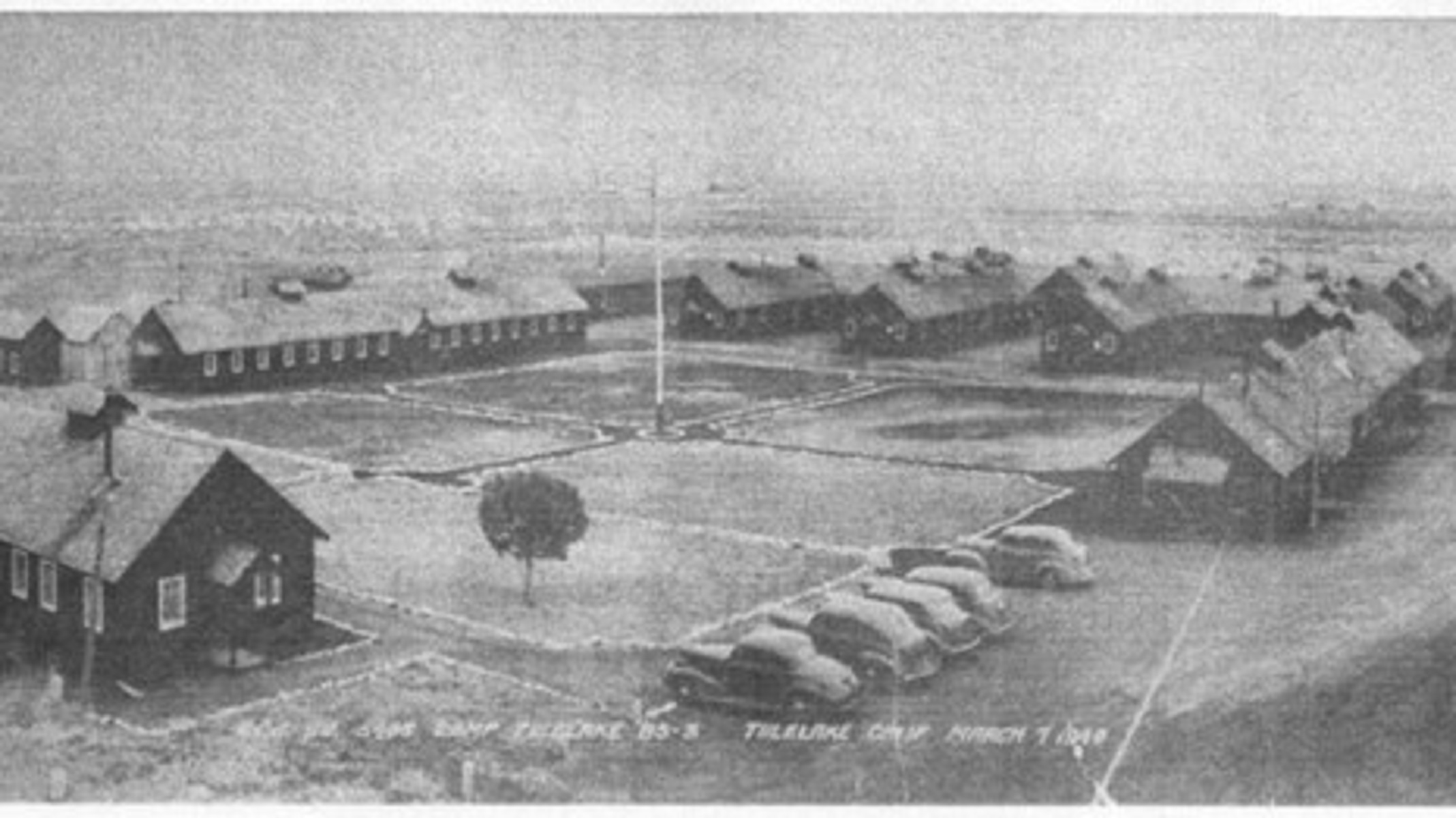
Museum - Final Indoor ExhibitTulelake-Butte Valley Fairgrounds Museum - Final Indoor Exhibit 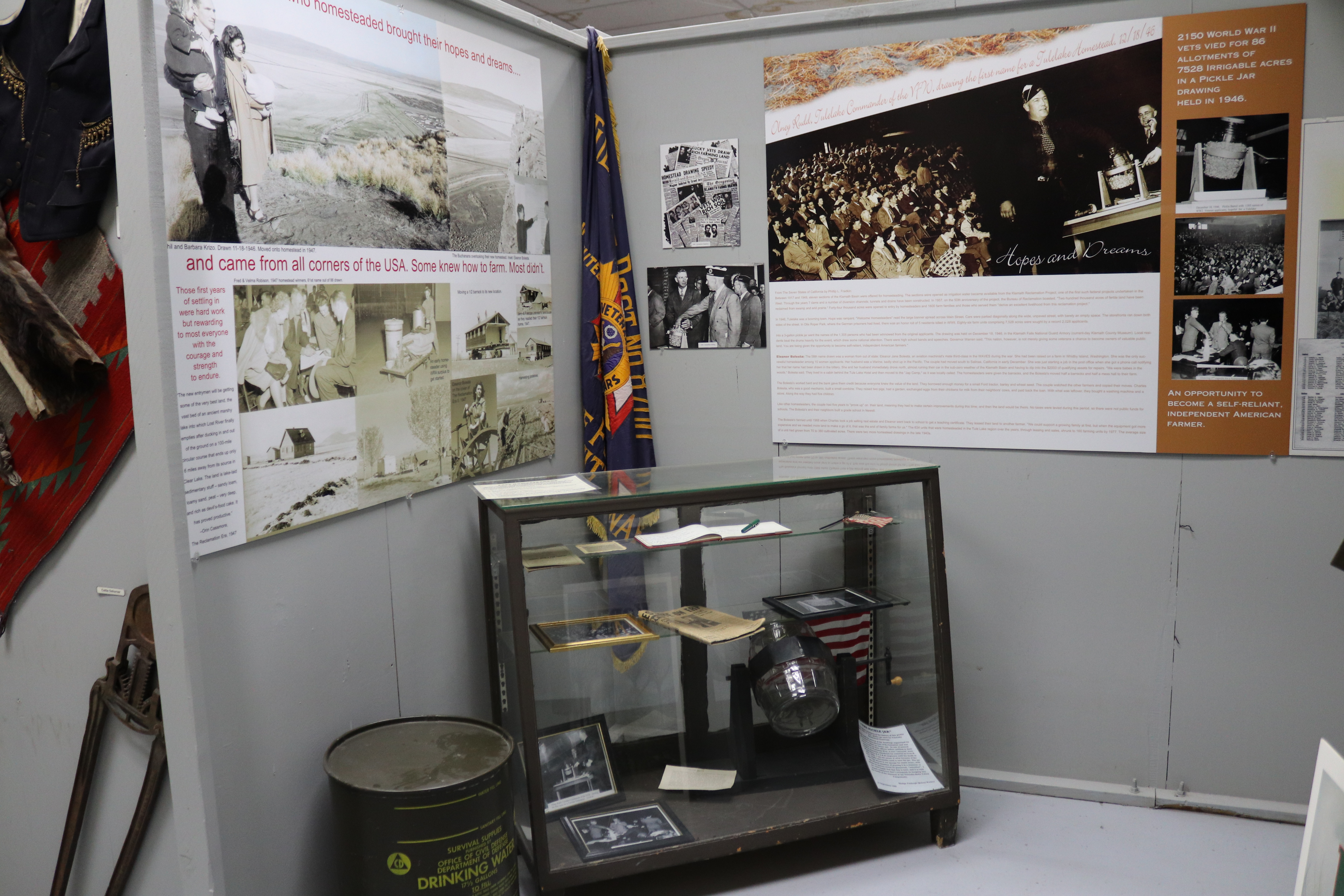
Museum - Lava Beds ExhibitTulelake-Butte Valley Fairgrounds Museum - Lava Beds Exhibit 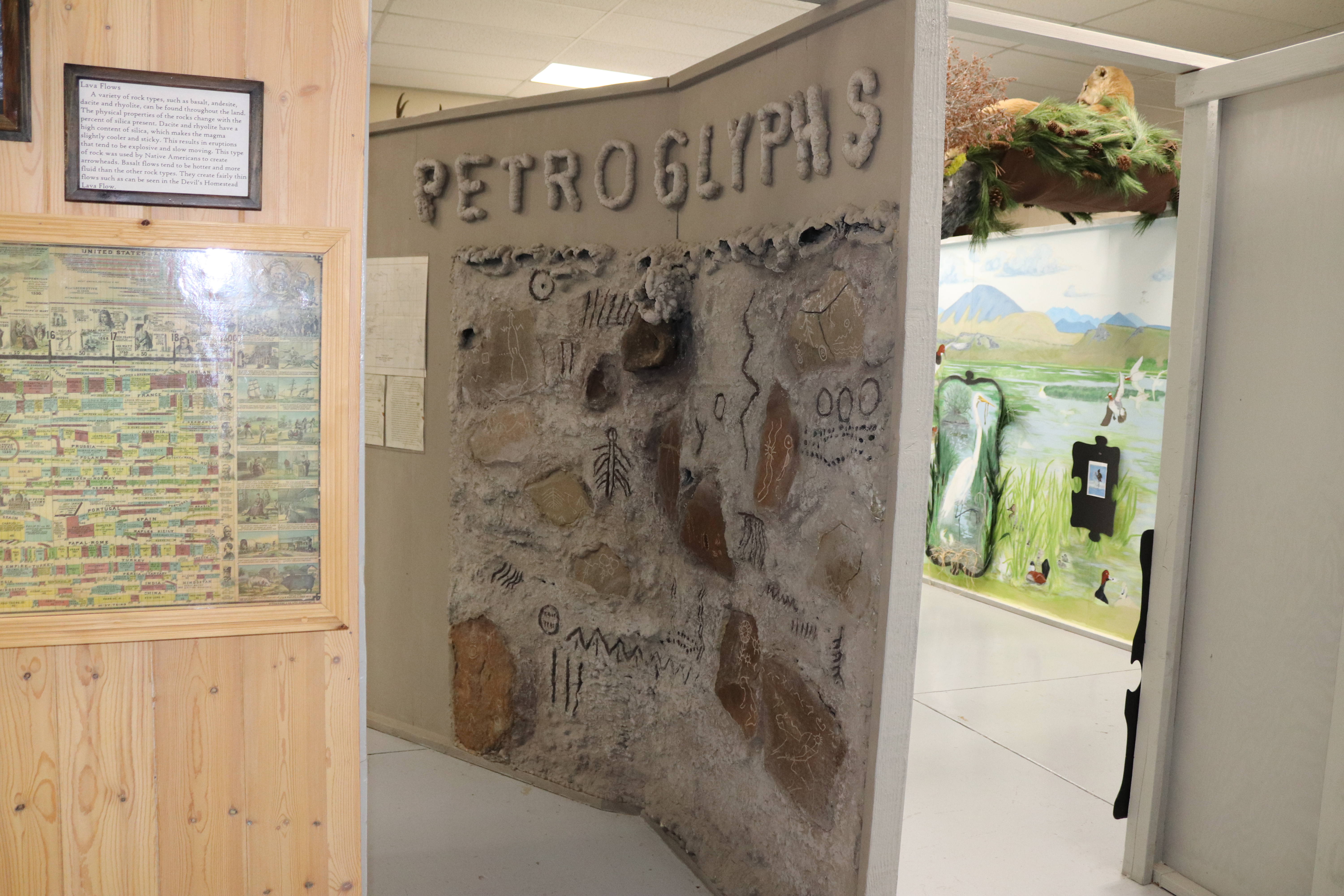
Museum - Modoc Indian War ExhibitTulelake-Butte Valley Fairgrounds Museum - Modoc Indian War Exhibit 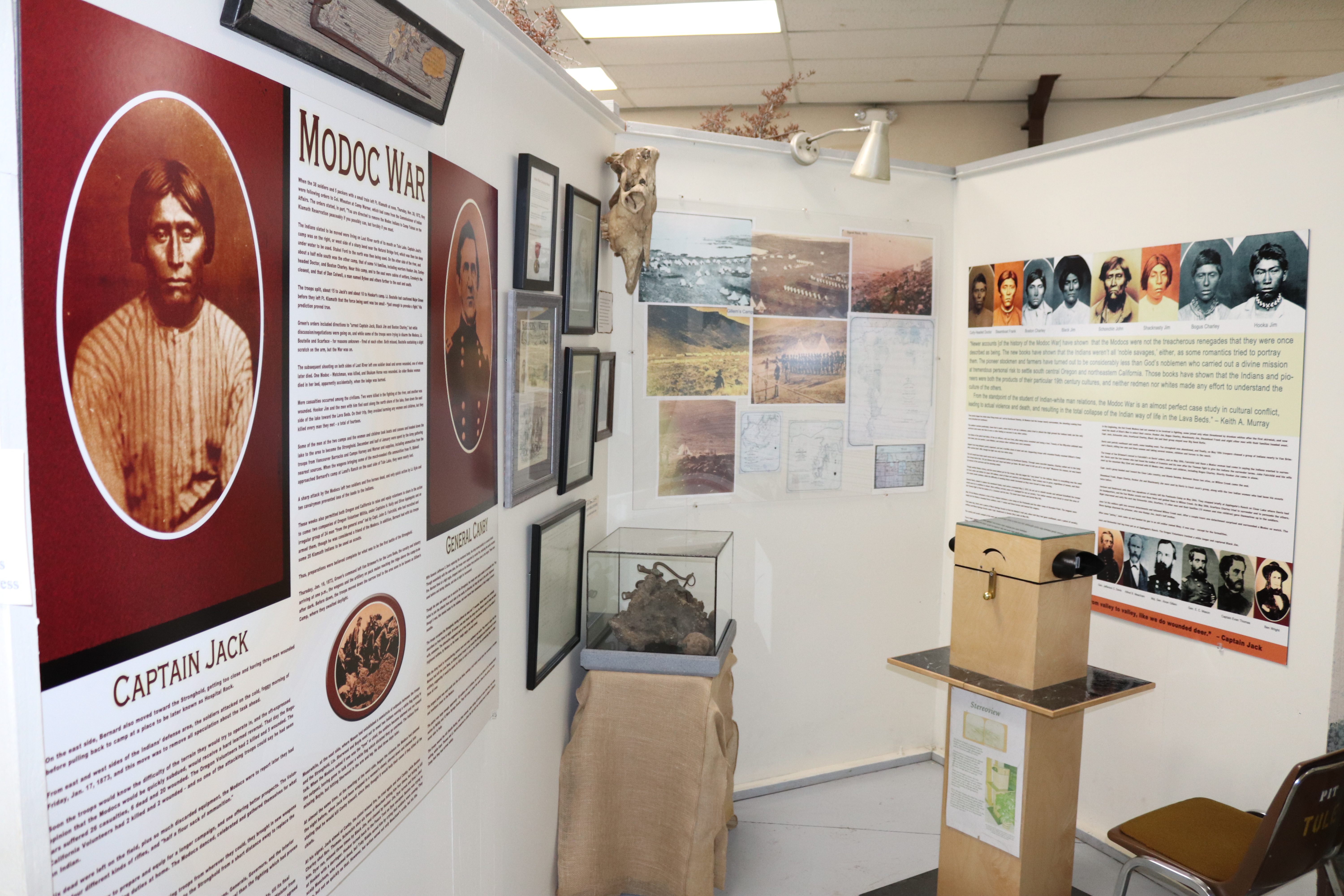
Museum - Potato Festival ExhibitTulelake-Butte Valley Fairgrounds Museum - Potato Festival exhibit. 
Museum - Segregation Center Indoor ExhibitTulelake-Butte Valley Fairgrounds Museum - Segregation Center Indoor Exhibit 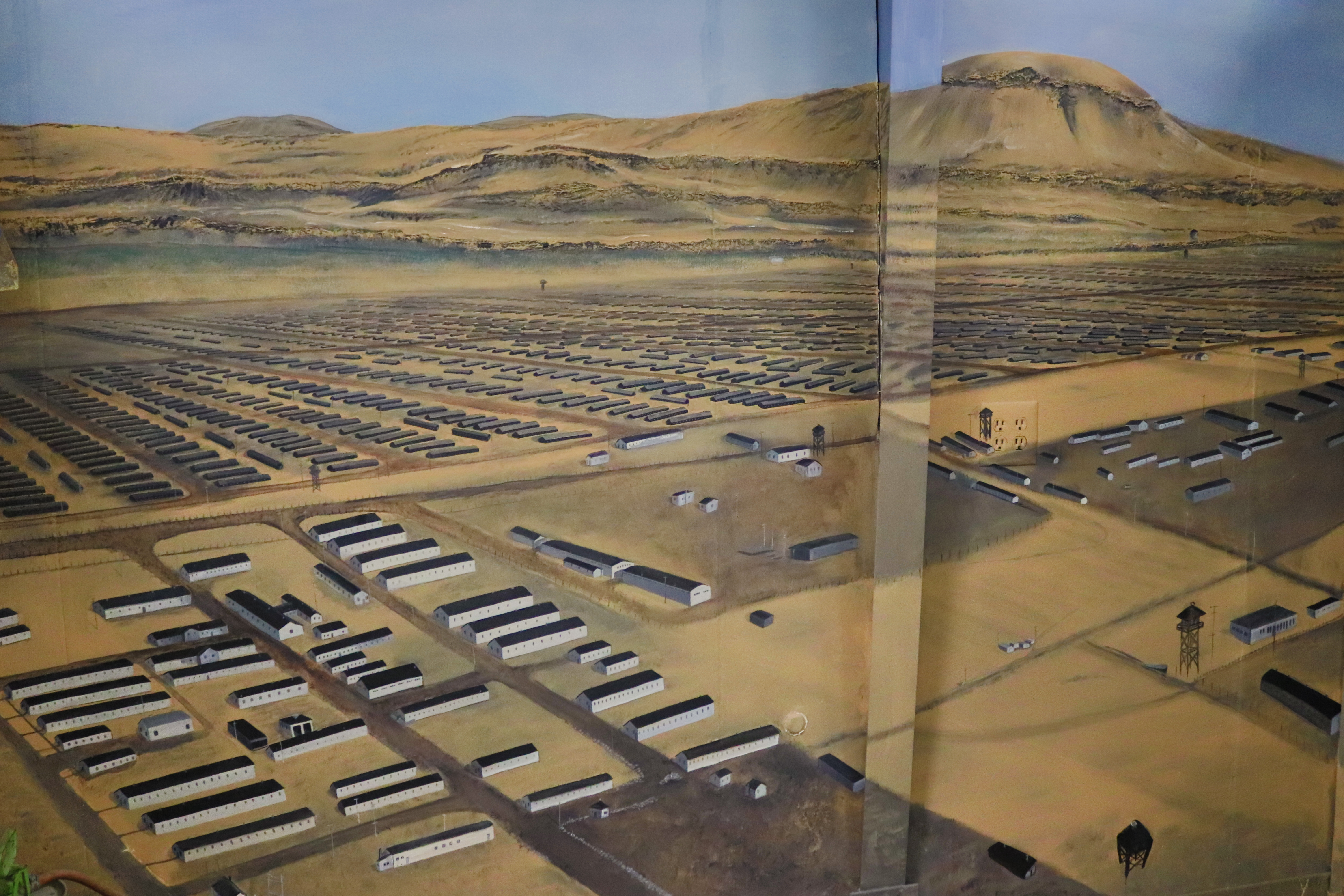
Museum - Segregation Center Outdoor ExhibitTulelake-Butte Valley Fairgrounds Museum - Segregation Center outdoor exhibit. 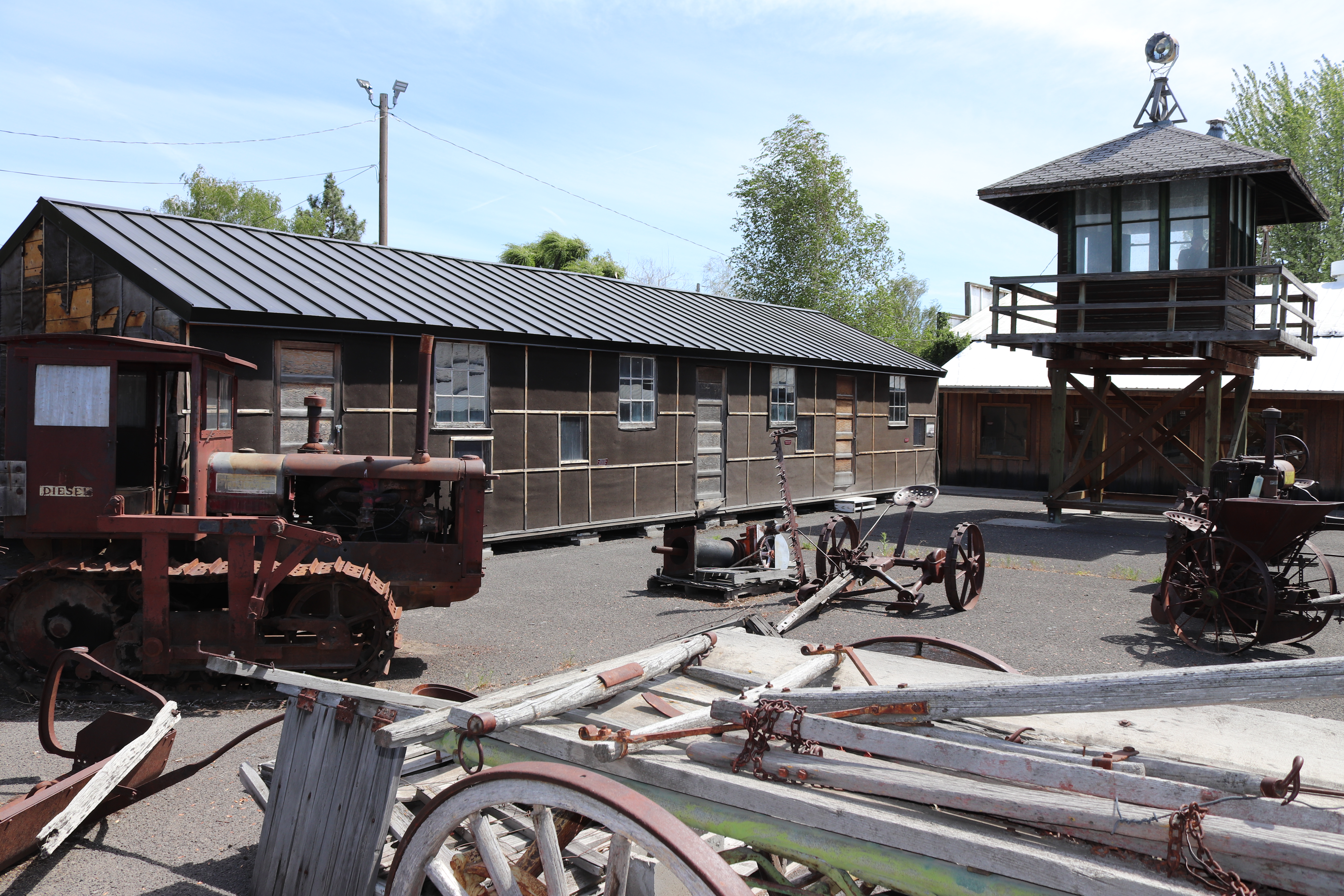
Museum - Tulelake ExhibitTulelake-Butte Valley Fairgrounds Museum - Tulelake Exhibit 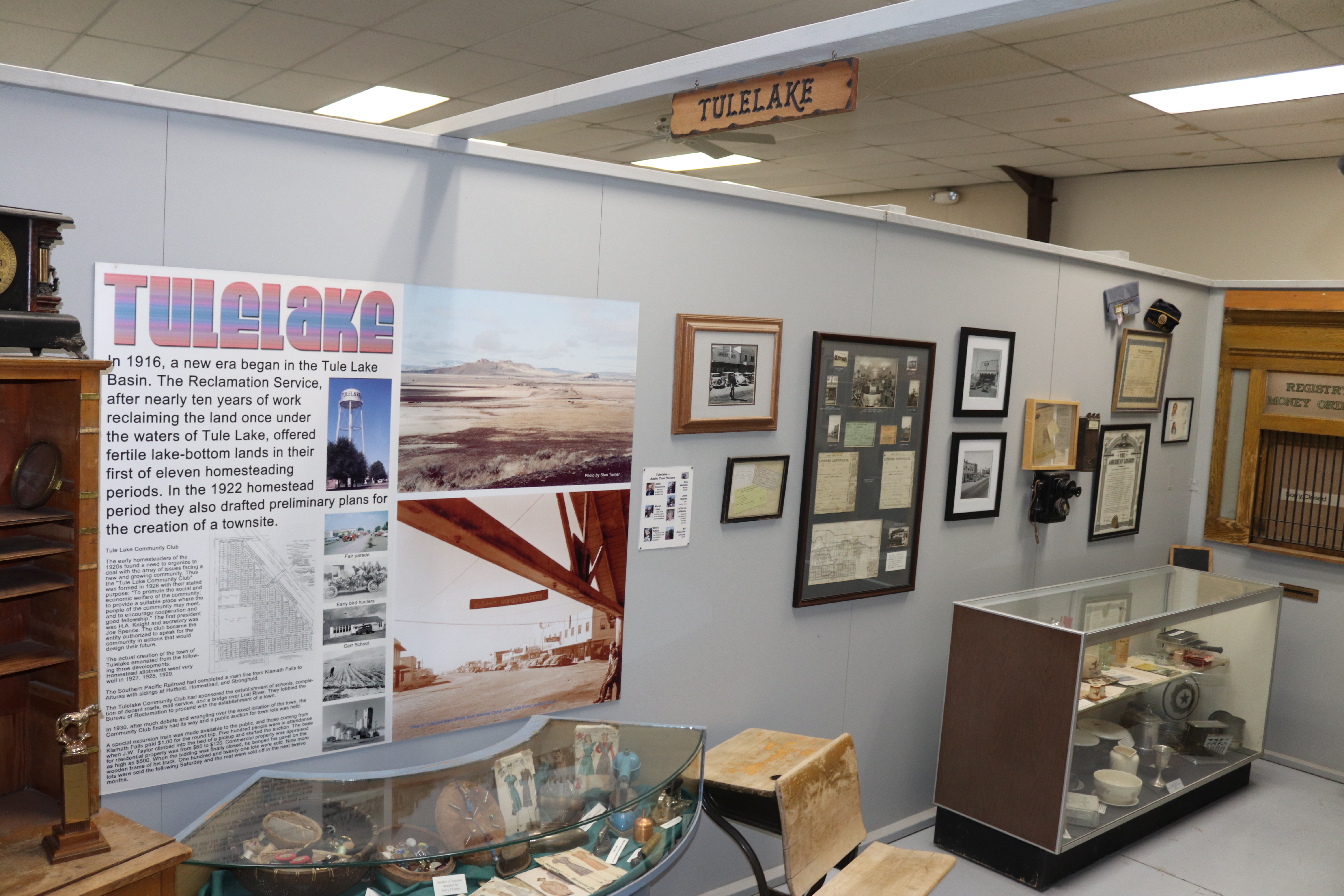
Museum - Wildlife ExhibitTulelake-Butte Valley Fairgrounds Museum - Wildlife Exhibit 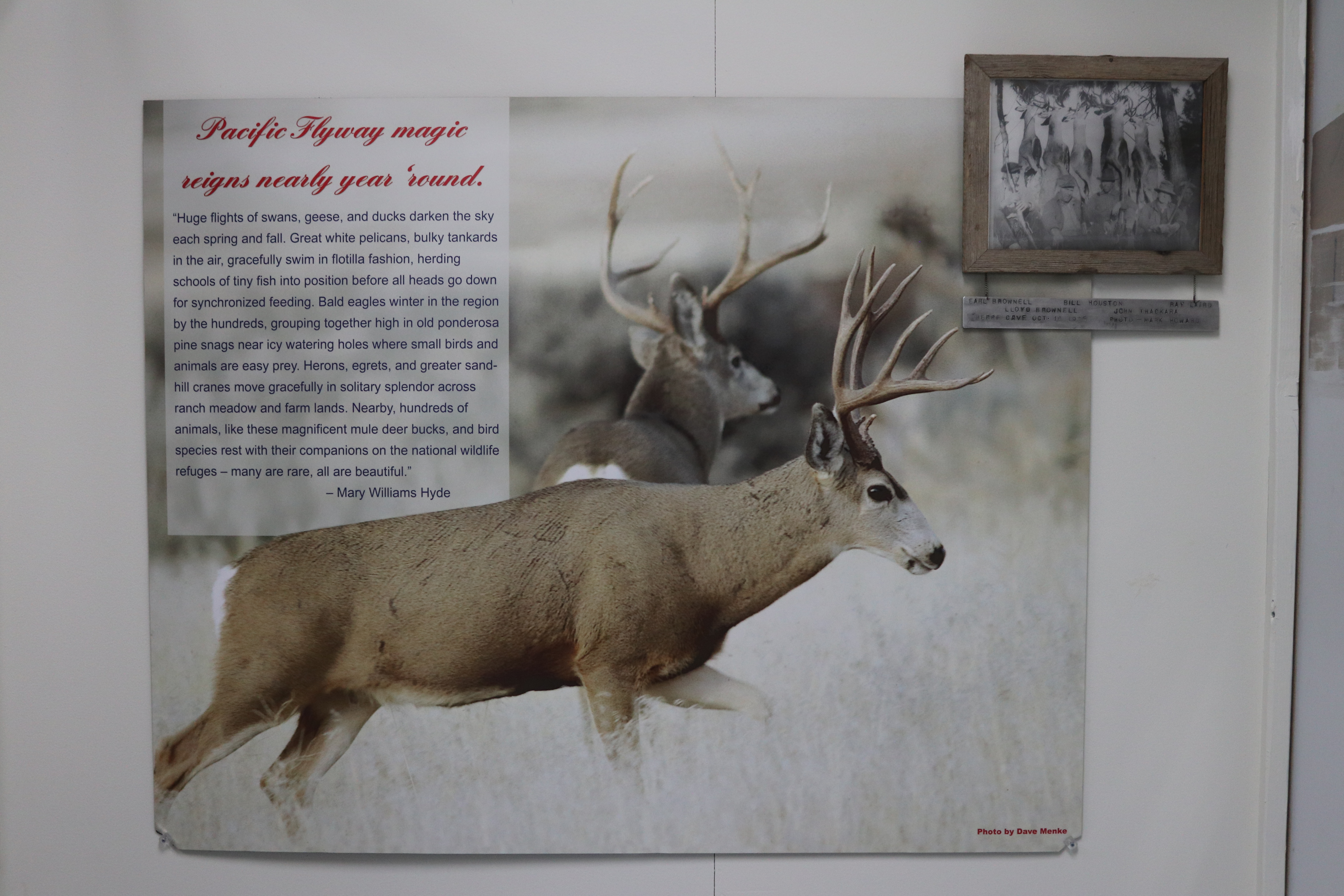
Museum - World War One ExhibitTulelake-Butte Valley Fairgrounds Museum - World War One Exhibit 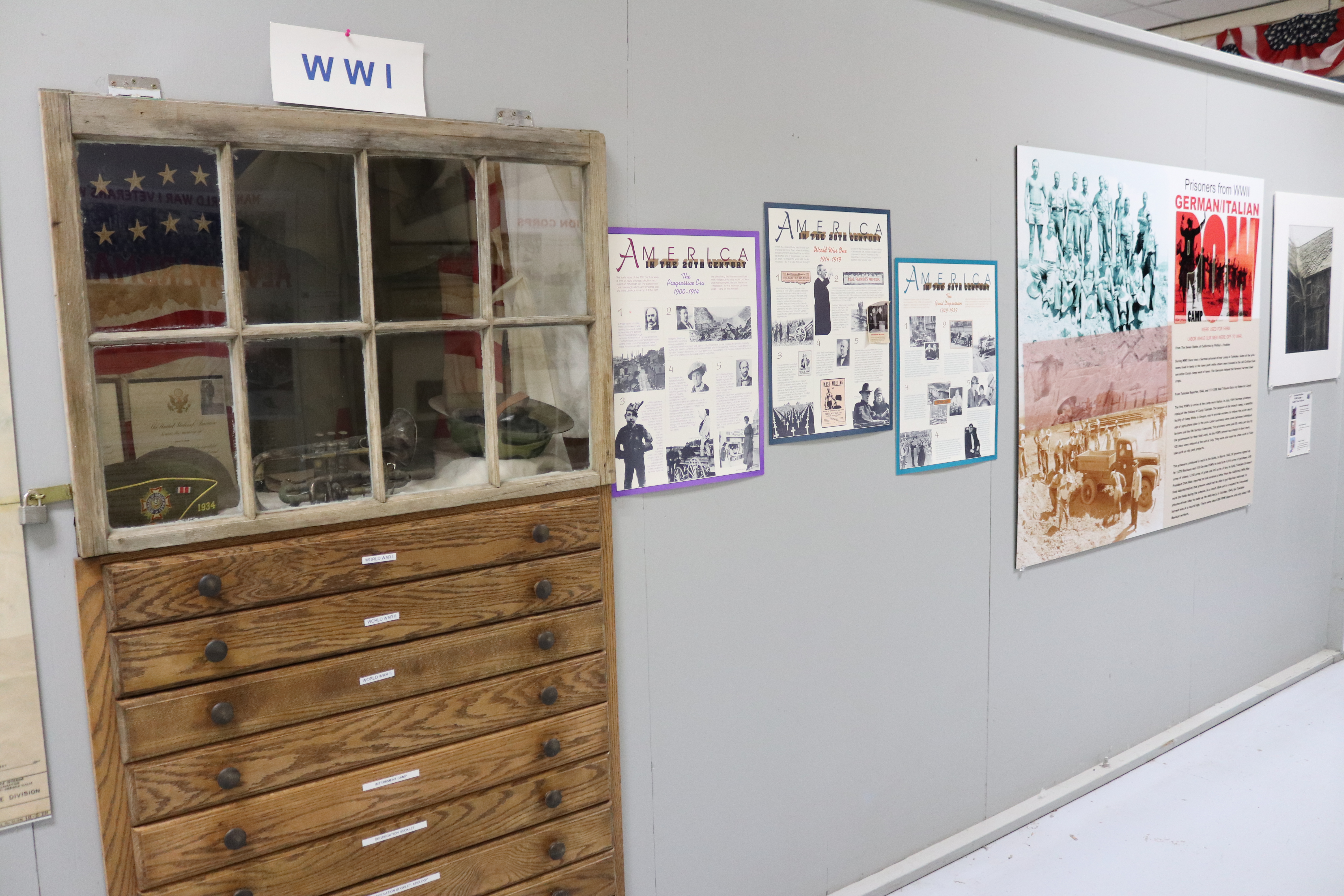
Museum - World War Two ExhibitTulelake-Butte Valley Fairgrounds Museum - World War Two Exhibit 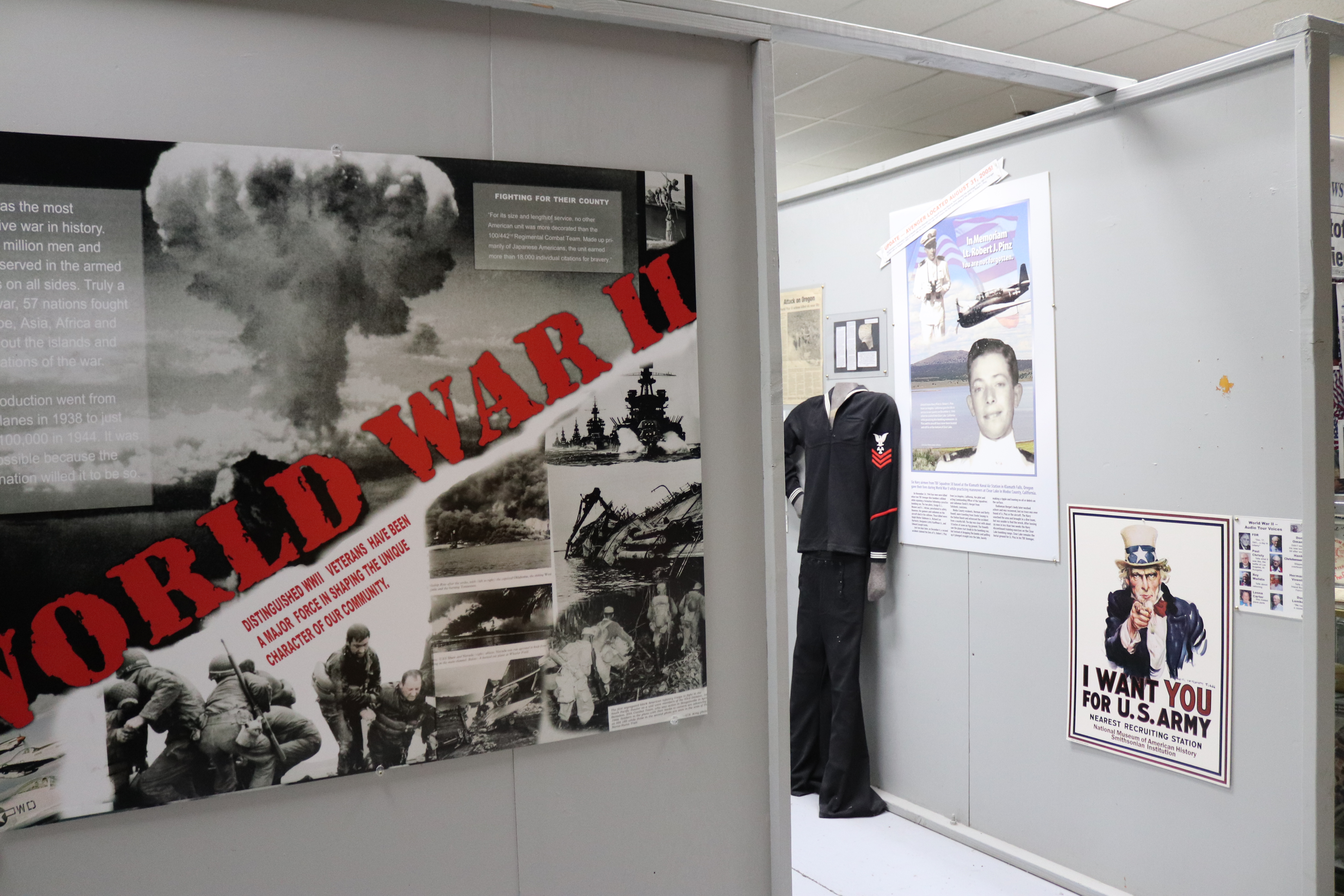
Tule LakeJapan’s attack on Pearl Harbor on December 7, 1941, led the U.S. into World War II and radically changed the lives of men, women, and children of Japanese ancestry living in the U.S. Forced to leave their homes, Japanese American citizens and resident aliens were incarcerated in 10 war relocation centers in remote locations throughout the country. One of these, Tule Lake in California, was the longest occupied and most repressive of all the government's centers. 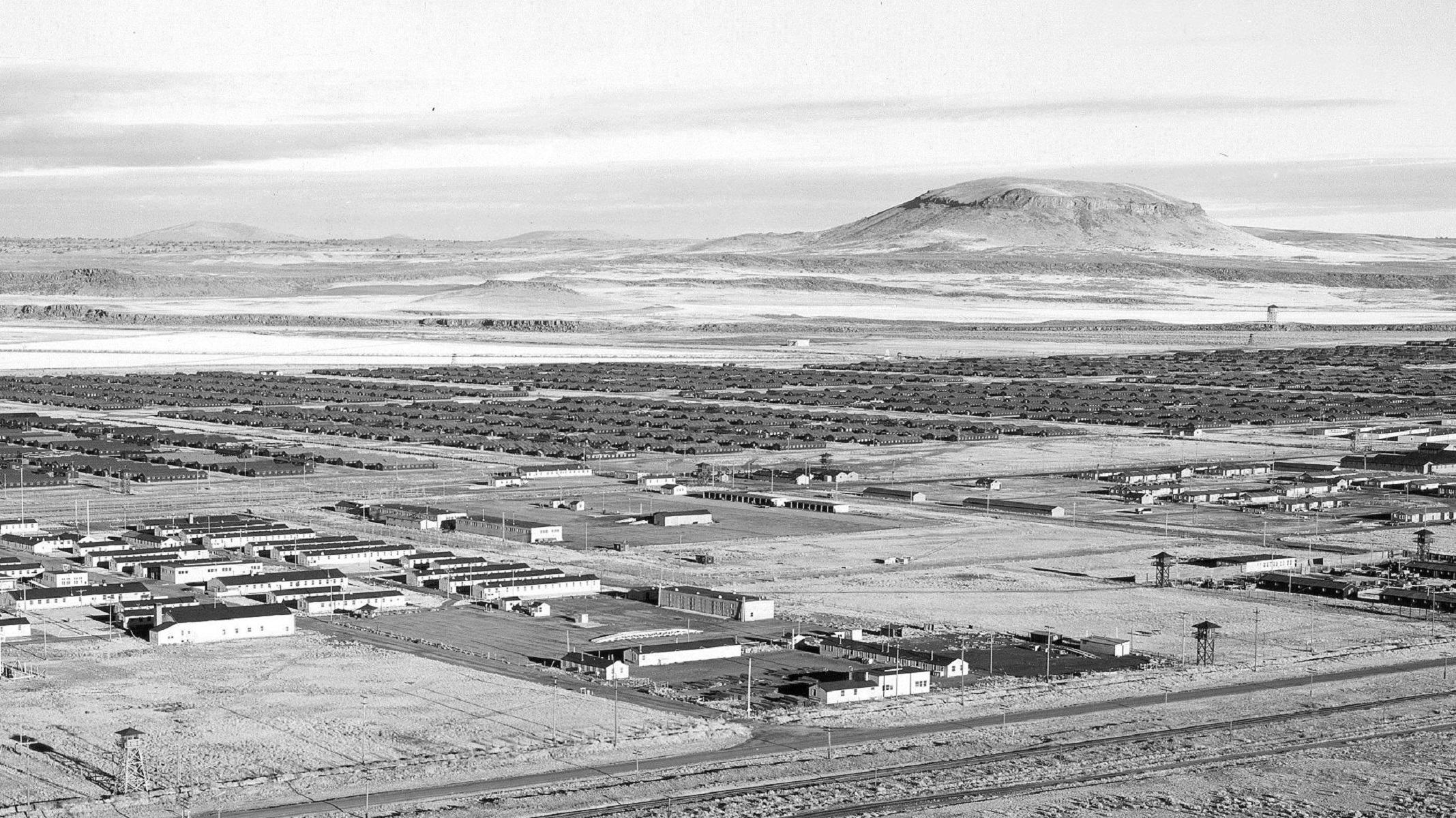
Tule Lake Castle RockThe Peninsula/Castle Rock was within the boundary of the historic Tule Lake Segregation Center. Originally an island in Tule Lake, it contains an 800-foot bluff called Castle Rock. Atop Castle Rock is a replica of the cross that was placed there by Nikkei incarcerated at Tule Lake before it became a segregation center. The Peninsula is managed primarily for raptor and wildlife habitat. It is closed to public access.
Tule Lake Historical Landmark PlaqueCalifornia Historical Landmark 850-2: Tule Lake Relocation Center, Tule Lake Segregation Center 
Tule Lake Segregation Center JailThe Tule Lake Segregation Center was the only one of the ten War Relocation Centers to be converted into a maximum security segregation center and add a stockade and jail to the grounds. 
Tule Lake Visitor CenterTule Lake National Monument Visitor Center 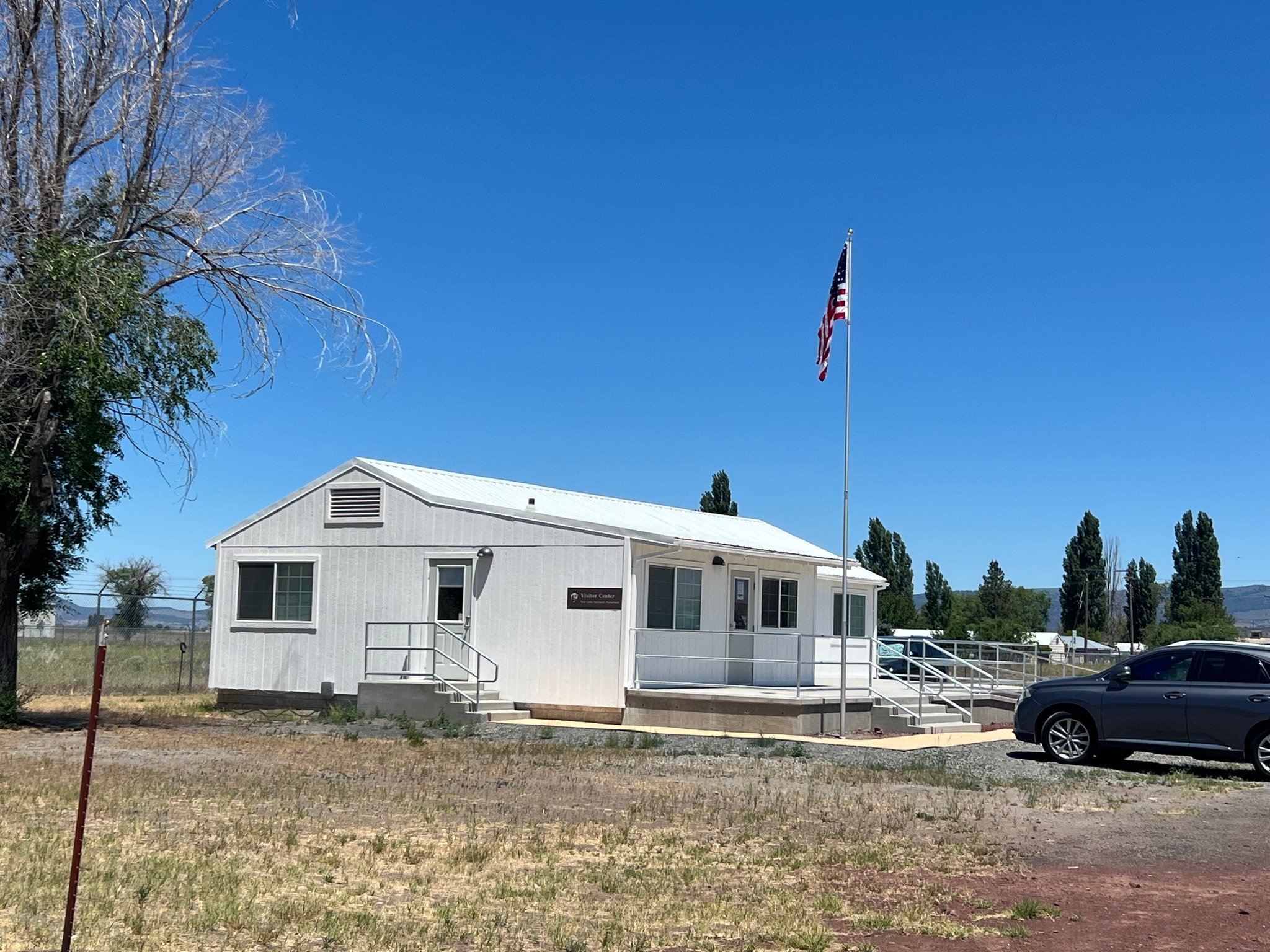
|
| Visitor Centers | Count: 1
Tule Lake Visitor Center
|
| Things to do | Count: 0
|
| Tours |
Count: 2
Museum full tourThe nearby Tulelake-Butte Valley Fairgrounds Museum of local history displays a variety of exhibits which include Modoc history, agricultural history, homesteading and settlement of the Tulelake Basin area, the history of Japanese American incarceration at the nearby segregation center, and a variety of other topics. The Tulelake-Butte Valley Fairgrounds museum is open Monday - Friday 9:30 am - 4:30 PM. We recommend calling the fairgrounds to confirm their hours before your visit at 530-667-5312. Tule Lake Segregation Center JailThe Tule Lake Segregation Center was the only one of the ten War Relocation Centers to be converted into a maximum-security segregation center and the only to have a jail onsite. The historic jail was recently restored. The jail is only accessible by ranger-led tour. In summer, tours are available daily, Thursday through Sunday. TOURS BEGIN AT TULE LAKE VISITOR CENTER. Tours are wheelchair accessible. For tours at other times, including winter, please call 530-260-0537, at least 2 weeks in advance. |
| Articles |
|